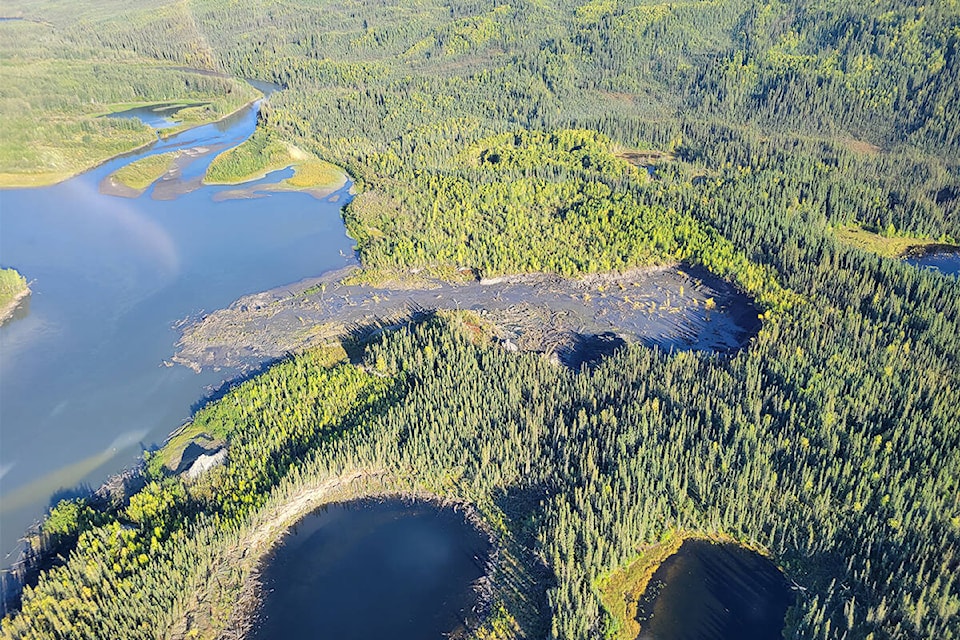Chrystal Mantyka-Pringle, Don Reid & Hilary Cooke
Special to the News
For so many Yukoners, living here is about getting out on the land and connecting through harvest and gathering or year-round recreation opportunities that provide mental/spiritual well being. But the Yukon is changing and changing alarmingly fast — climate change is happening at twice the rate here as it is in more southern parts of Canada.
We must do everything we can to slow this rate of change by lowering our emissions of greenhouse gases. But we also need to prepare for the changes that are now “baked in” thanks to historical emissions. One of the best ways to do that is by putting climate change front and centre in the Yukon’s Land Use Planning processes. Land use planning is an opportunity to collectively decide the future use of our shared land. But the state of our land, water, and wildlife is changing and a plan that doesn’t consider these changes will benefit no one.
To some, dealing with the impacts of climate change may seem overwhelming or even impossible. But we can do a lot to temper the effects of a changing climate on the land, water, fish and wildlife that all Yukoners value. One of the things that sometimes stops us from acting is the sense of uncertainty about what these changes will be. But that is precisely the reason for action now. By being proactive, we can help to build resilience in communities — human and natural — for whatever comes next. But we have to act now. If we just carry on with business as usual, it will be too late to introduce the kinds of measures we need when we see big changes taking hold of our landscapes.
So what kinds of actions should we be taking? Here’s a short list of ideas to get this critical conversation moving forward:
• Think big and conserve areas large enough to withstand some of the impacts of more frequent and extreme heat, fires and floods. The International Union for Conservation of Nature recommends protecting at least 30 per cent of ecosystems by 2030 to slow down the crisis of biodiversity loss and buffer the effects of climate change.
• Think about helping wildlife adapt, such as by identifying areas that won’t change as quickly and conserving these areas as “climate refuges.”
• Think reducing the effects of fires in old-growth habitats for species like caribou, by expanding our fire suppression efforts more widely across the land.
• Think connection and retain natural corridors so that wildlife can move and adapt to a warming world.
• Think sustaining cooler areas like the cold-water areas fish need to spawn and keeping generous stream buffers in place to provide relief from warming waters.
• Think about how climate change will add to other pressures, such as from mining development, and plan accordingly to reduce these cumulative impacts.
• Think about keeping carbon in the ground and vegetation by properly valuing the natural carbon storage services provided by forests, peatlands, and other wetlands.
• And, most important of all, think long-term benefits and not just about the next decade or two or the short-term benefits of the next development boom.
The extremes of climate change are here. We cannot waste the opportunity to prepare for the changes to come. We believe that Yukoners can collectively develop innovative responses. But we have to make understanding and addressing future climate impacts part of the mandate of land use planning such as in the Dawson region. Without doing so, plans will miss one of the dominant forces affecting land and water, and may well fail to achieve the outcomes they hoped to reach. Those outcomes include protecting a wide range of benefits that we all get from the land and water and ensuring Yukon’s wild species can still be found here in future.
Yukoners love this place because we still have that connection to the land that has been weakened or broken in other parts of the world. But that doesn’t mean we are immune to forces like climate change. Fortunately, we also have an immense opportunity, thanks to our natural environment, to buffer the things we love from the changes that are coming. But we have to act now.
Chrystal Mantyka-Pringle is a Conservation Planning Biologist for Wildlife Conservation Society (WCS) Canada in the Yukon and an Adjunct Professor at the University of Saskatchewan. Don Reid and Hilary Cooke are conservation scientists with WCS Canada in Yukon.
